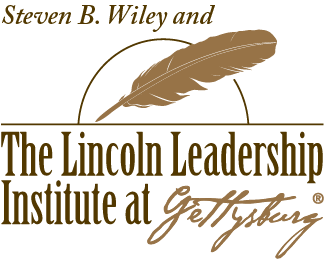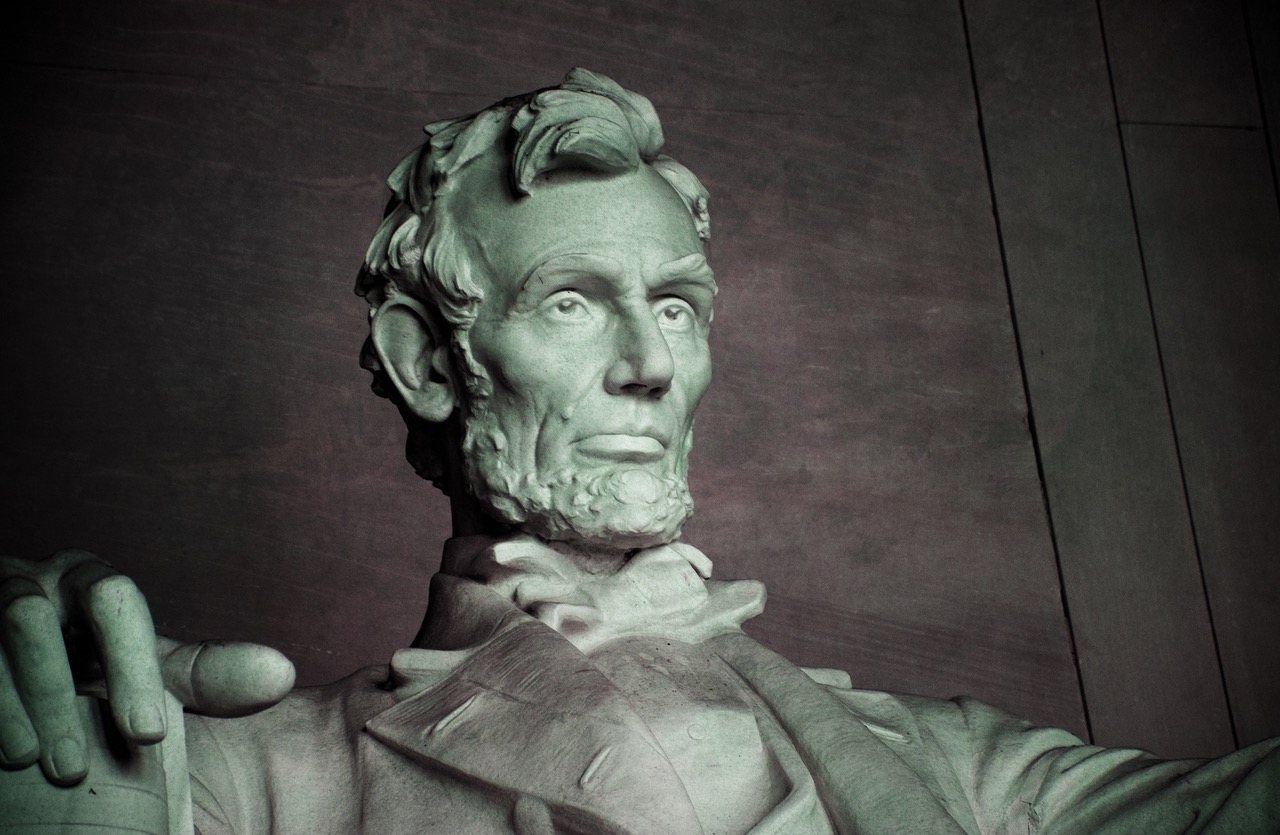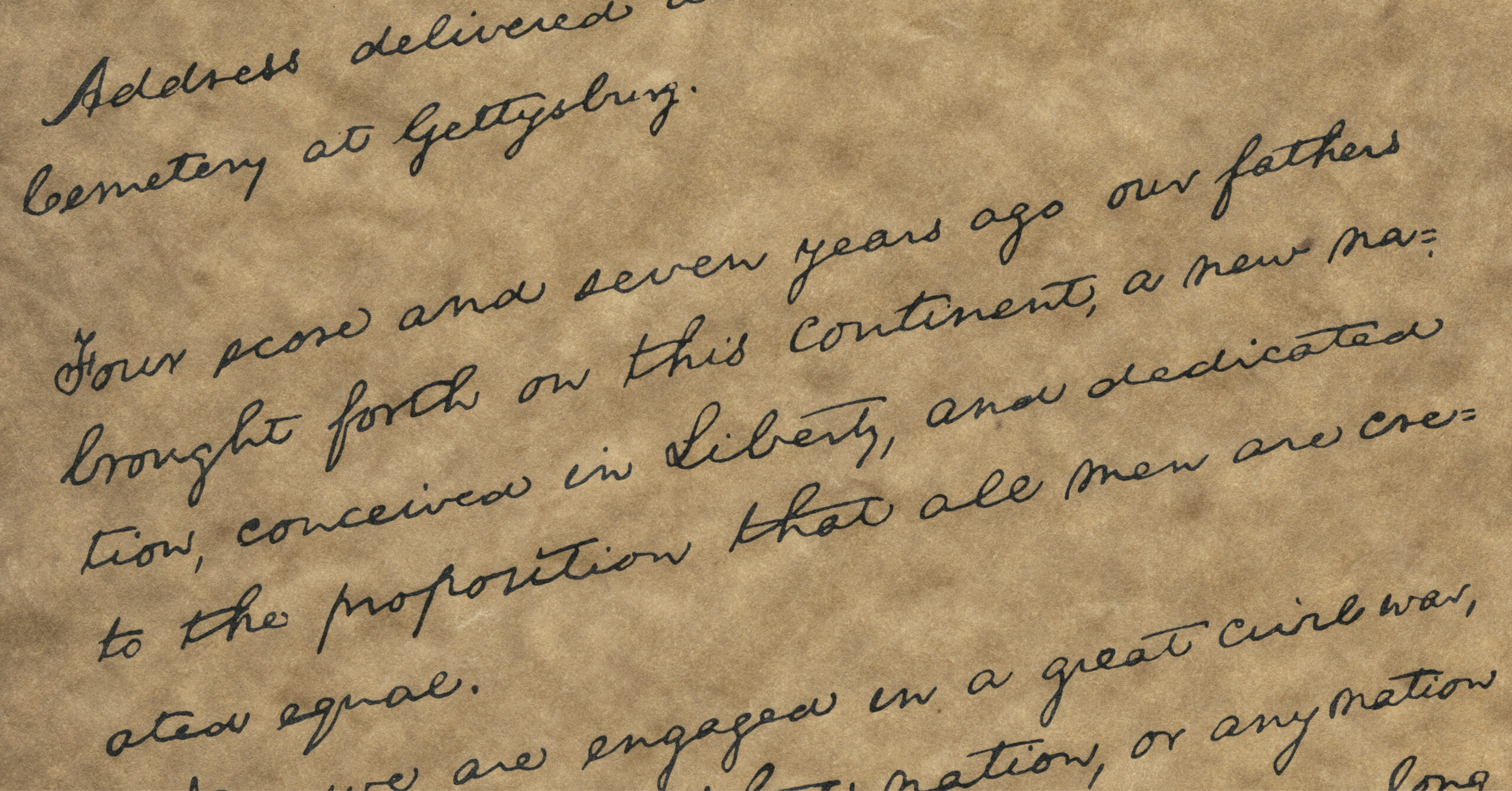Tuesday, November 19 marks the 161st anniversary of arguably the greatest speech in world history – the Gettysburg Address. The speech has been printed and reprinted in nations around the globe more times than it would be possible to count, but why? What made the speech resonate in 1863 and in 2024? Abraham Lincoln was a master storyteller, and it was his careful crafting of the Gettysburg Address as a story that explains its power.
Today’s best thinkers on storytelling – from Nancy Duarte to Peter Guber – tell us that compelling stories have four elements.
-
An opening hook that captures the listener’s attention.
-
An explanation of the current struggle or challenge.
-
An image of an ideal future with the problem solved.
-
A call to action.
In opening “Four score and seven years ago,” Lincoln hooks the audience both with a bit of poetry and with a math problem that engages the consumers of this story. He sinks the hook by echoing the Declaration of Independence with its promise of a nation based upon the idea “that all men are created equal.”
Lincoln begins the second paragraph with the word “now” and goes on to narrate the nation’s current challenges. The third paragraph moves to the image of an idealized future, describing the hope and possibility of “a new birth of freedom.” In that final paragraph, he makes the call to action, asking for “increased devotion to the cause for which they gave the last full measure of devotion.”
Lincoln was a master storyteller, an art he honed over 30+ years on the frontier, in the courtroom, and finally as a politician. Few will ever reach his height, but by following this simple four-step strategy, we all can harness the power of story to move our audiences.





Recent Comments